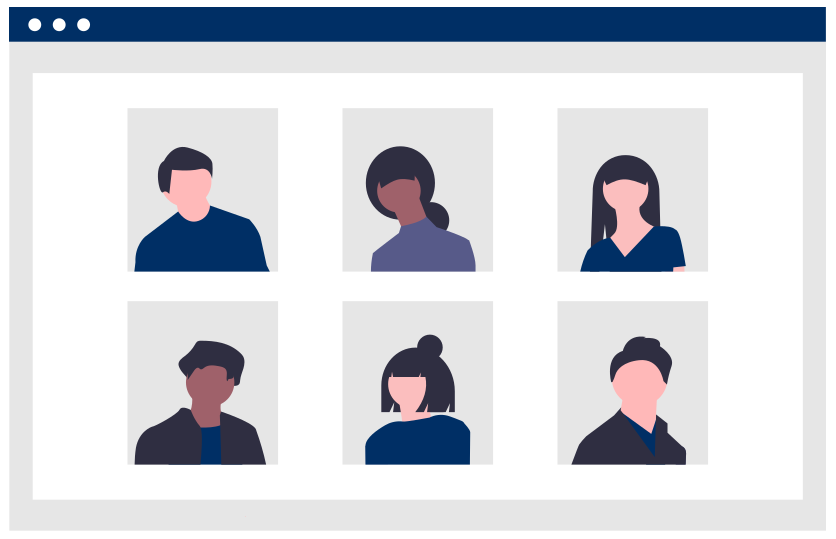Early Alert Program
The Early Alert Program is designed to assist students who may be experiencing academic or personal difficulties and provide strategies and campus resources to help them succeed at San Mateo County Community College District (SMCCCD).
A key component of the Early Alert Program is to exhibit a team effort between faculty (counseling and instructional), administrators, and support staff at the college to provide early intervention to students who may need additional assistance to be successful in their courses. The program also provides Counseling support to Early Alert students and follow up communication with faculty.

What Should I Do Before I Send Out an Early Alert?
- Be familiar with topics and descriptions for sending an Early Alert
- Provide information in your Syllabus about how the Early Alert will be used
- Make multiple attempts to contact the student in various modalities to discuss your
concerns, such as:
- Phone
- Office Hours
- If you are unable to reach the student, come to a resolution with the student, or are still concerned about the student, then send an Early Alert.
What Should I Include in the Early Alert?
- Check all alert boxes that apply (see list of early alert topics and descriptions)
- Always use the comment field to provide as much info as possible to help Counseling
assist the student
- Suggestions as to what to include in comments:
- Please do not share sensitive information
- How did you attempt to contact the student?
- Provide as much information as possible around the reason(s) for the alert
- Suggestions as to what to include in comments:
What Happens After I Send an Early Alert?
- The instructor notifies the student that an early alert has been sent. THE STUDENT DOES NOT RECEIVE A COPY OF THE EARLY ALERT.
- Your Early Alert will remain in canvas for your records
- The following types of alerts will be referred to Counseling Services at the college
where they are completing their program of study
- Grade Concern
- Failure Concern
- Missing/Late Assignment
- Attendance Concern
- Participation Concern
- Preparedness Concern
- Other
- The alert will be reviewed by Counseling Services to determine if more information is needed to proceed with an action plan
- Based on the information provided in the alert, the instructor may be contacted for more feedback
- An action plan will be created and assigned to Counseling personnel.
- The instructor will automatically be notified through their SMCCD email that their alert was received and assigned and they will be given with a contact person for their alert
- Follow up will be provided to the instructor once the plan has been implemented
- Please keep in mind that some information may not be able to be disclosed, but the instructor will be notified of the status of the alert
- Once the action plan and follow up has been completed, the alert status will be marked as closed and the instructor will be notified through their SMCCD email
How Can I Send an Early Alert in Canvas?
Early Alert Topics and Definitions
Grade Concern
Failure Concern
Missing/Late Assignment
Attendance Concern
Participation Concern
Preparedness Concern
Recognition
Other (Describe in Comments)